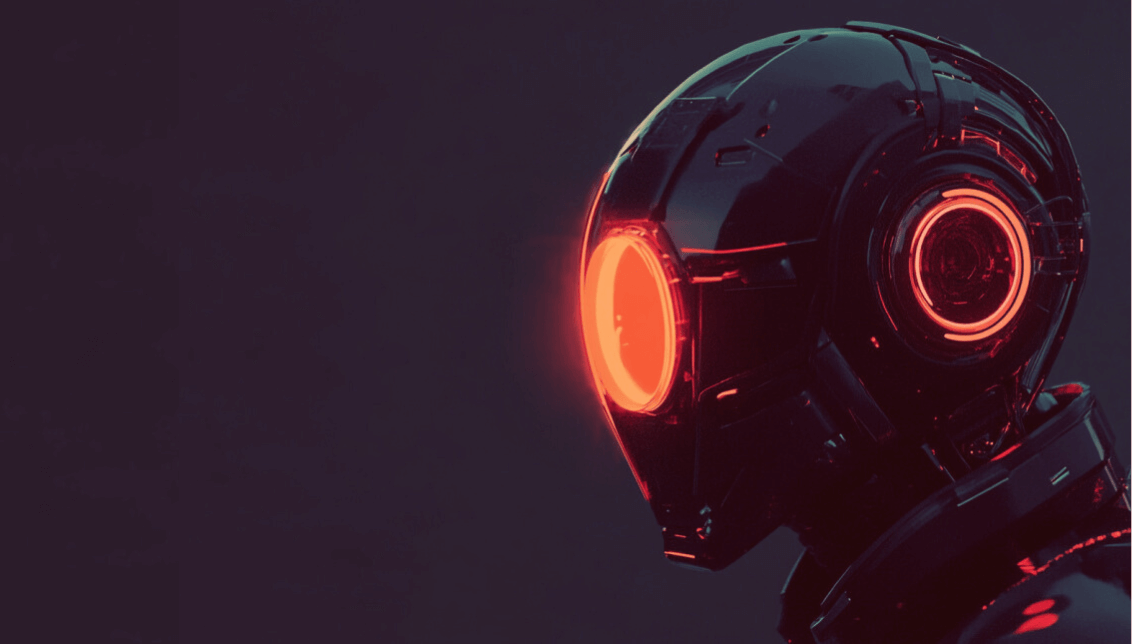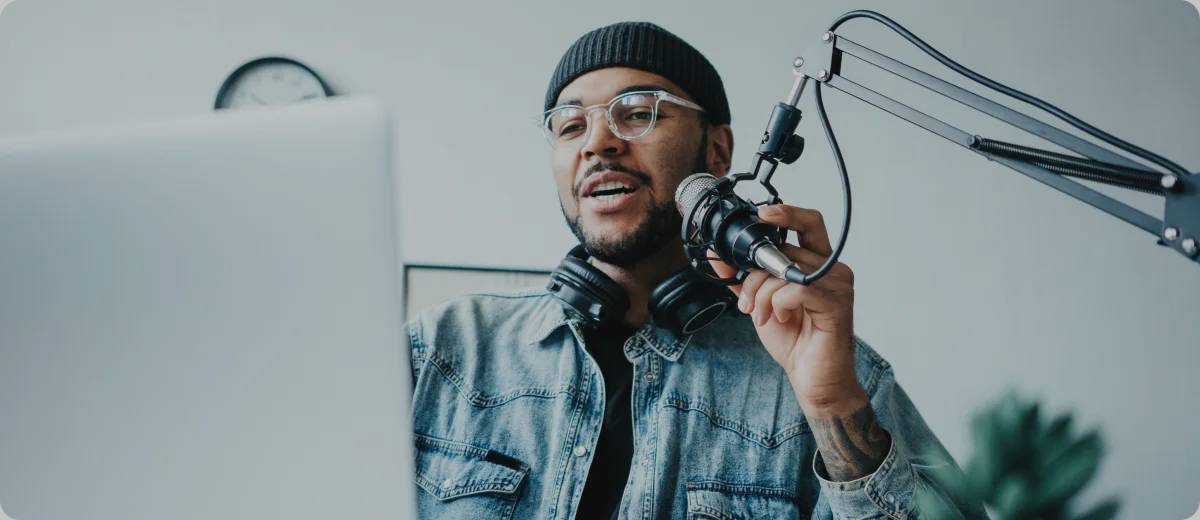From Sidekick to CEO: How AI Agents Are Taking on Real Jobs in 2025
Not long ago, artificial intelligence was the quiet assistant — answering emails, summarizing reports, suggesting the next song on your playlist. But in 2025, the game has changed. AI has stepped out of the shadows and into the spotlight, not just assisting but actively doing the jobs we once believed were the exclusive domain of human expertise. From managing customer service departments to helming digital product launches, AI agents are no longer sidekicks — they’re decision-makers, innovators, and yes, even virtual CEOs.
This article explores the remarkable trajectory of AI’s evolution in the workplace, shedding light on how these intelligent systems are transforming industries, redefining roles, and challenging traditional perceptions of what constitutes a “real” job. Welcome to the new era of work — where code leads, and humans collaborate.
Redefining the Workplace as AI Agents Lead Projects and Make Decisions
In today’s AI-driven companies, intelligent agents no longer sit quietly on the sidelines — they’re managing workflows, driving revenue strategies, and even delivering quarterly reports. These digital coworkers execute high-stakes decisions once reserved for seasoned executives. Inside collaborative platforms, they now command dashboards, delegate tasks across human teams, and optimize supply chains in real time. Organizations are adapting by restructuring leadership models to accommodate their non-human colleagues. Here’s how the new workplace flow is unfolding:
- AI-led project pods: Autonomous agents assign work across departments with minimal human input.
- Data-first decision culture: AI reviews past metrics to suggest future pivots — often more accurately than veteran managers.
- Executive augmentation: Human execs increasingly rely on AI briefings to act as strategic advisors.
- Redefined KPIs: Success metrics now include AI-human collaboration efficiency and algorithmic decision impact.
| Task | Handled By | Human Input |
|---|---|---|
| Campaign Budget Allocation | AI Agent | Only Final Approval |
| Weekly Reporting | AI Agent | None |
| Client Negotiation | Human & AI Duo | Collaborative |
| Product Launch Strategy | AI Proposed | Human Curated |
Designing Human AI Collaboration Models for Maximum Productivity and Trust
Empowering AI to work seamlessly with humans in 2025 requires more than just sharp algorithms—it demands thoughtful orchestration of roles, boundaries, and communication norms. Organizations are now crafting collaboration models where AI isn’t merely told what to do, but participates in strategic decision-making. These models are built on three pillars: contextual understanding, reciprocal learning, and autonomous accountability. For optimal synergy, companies are embedding AI into team workflows using adaptive frameworks such as:
- Role-based interfaces — Assign AI specific duties like data analysis, customer interaction, or workflow triage based on team needs.
- Transparent decision logs — Let both AI and humans track rationale for actions to build mutual trust.
- Escalation protocols — Define when AI agents must defer to human oversight to avoid overreach.
| Model Type | Primary AI Role | Human Involvement | Trust Level |
|---|---|---|---|
| Advisor | Provides insights | High input, decision maker | Medium |
| Collaborator | Co-creates solutions | Equal partner | High |
| Operator | Executes tasks | Minimal oversight | Low to medium |
| Leader | Drives decisions | Strategic review only | High (with safeguards) |
Wrapping Up
And so, the AI agents of 2025 stand not just as digital assistants in our inboxes or voices in our phones, but as colleagues, collaborators—even leaders—in the evolving workplace. From scheduling meetings to making executive decisions, they’ve journeyed far beyond their roots as sidekicks, stepping boldly into roles once reserved for humans.
The rise of these intelligent agents prompts us not just to marvel at their capabilities, but to reconsider the shape of work itself. As lines blur between artificial and human labor, the challenge isn’t simply adapting to change—it’s shaping it with care, ethics, and imagination.
Because the future isn’t just filled with AI doing human jobs. It’s about humans and machines, working together to redefine what’s possible.








